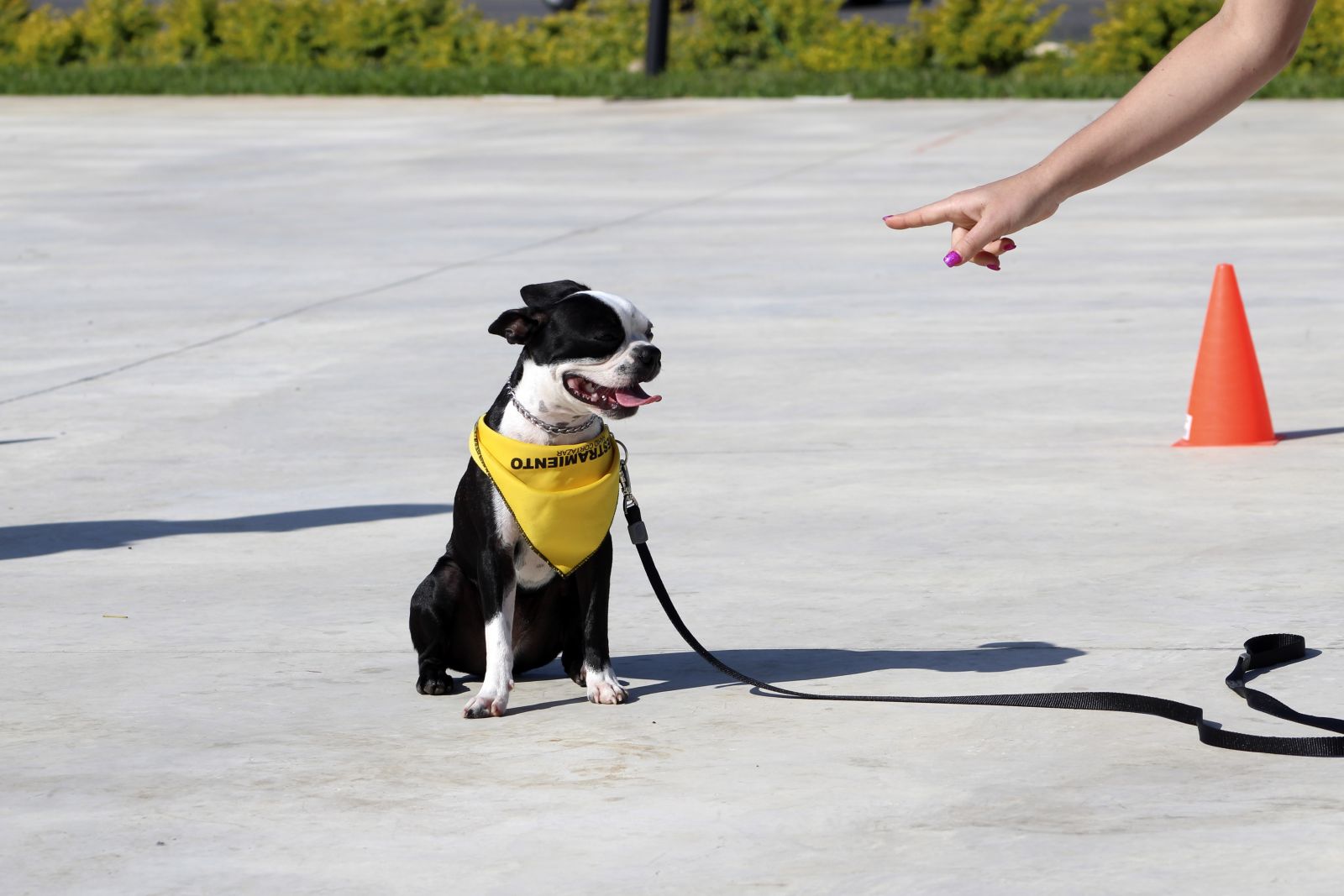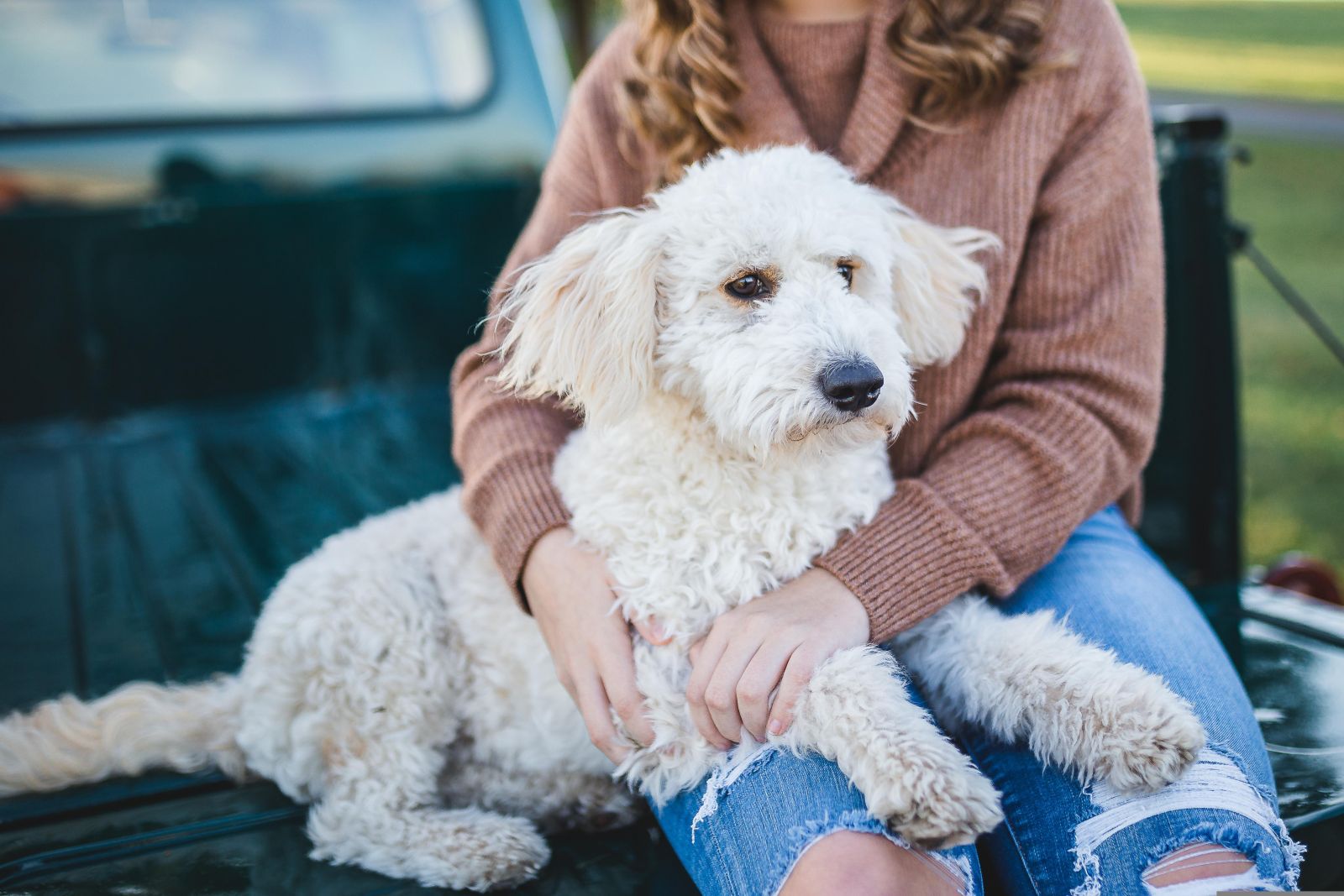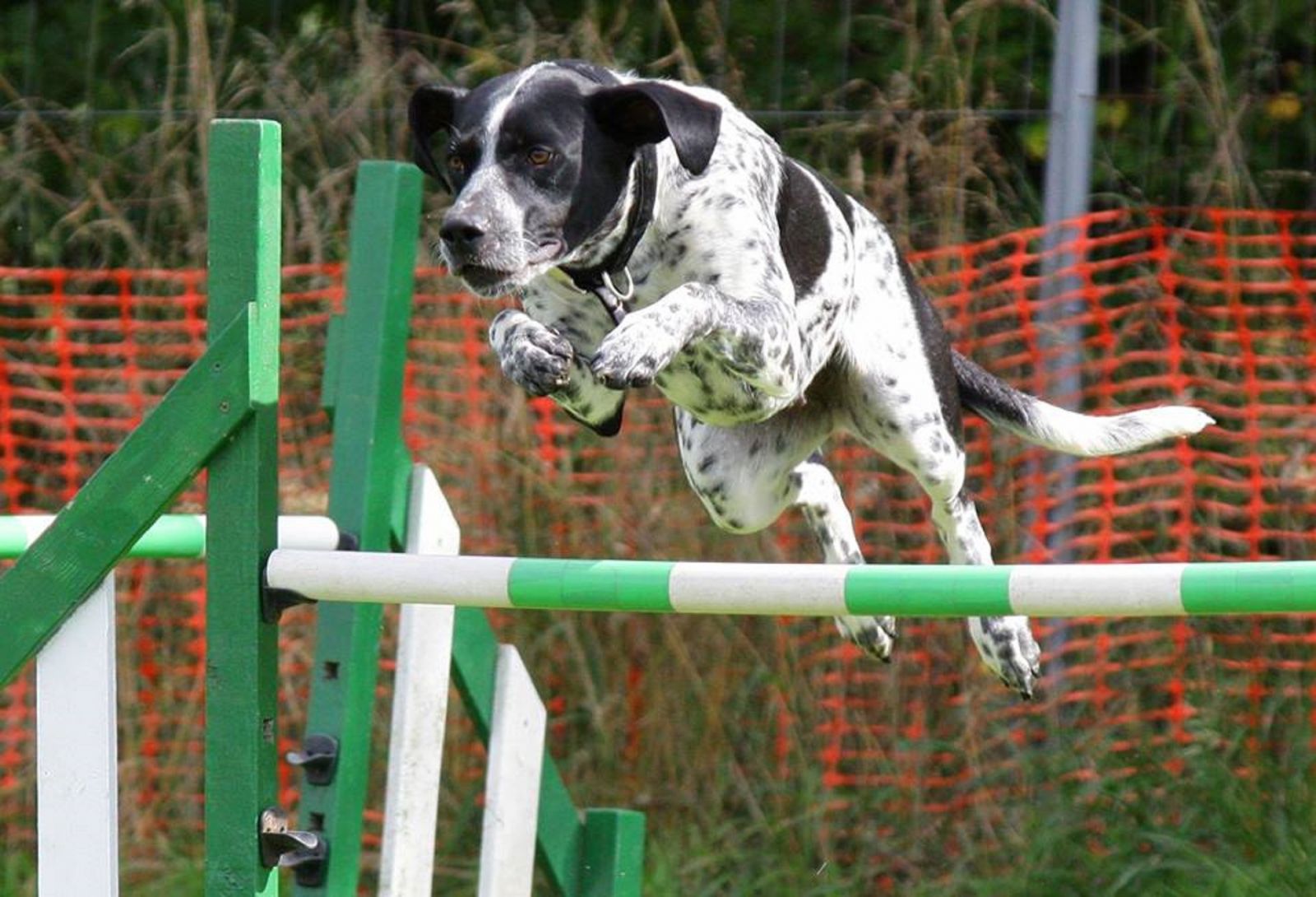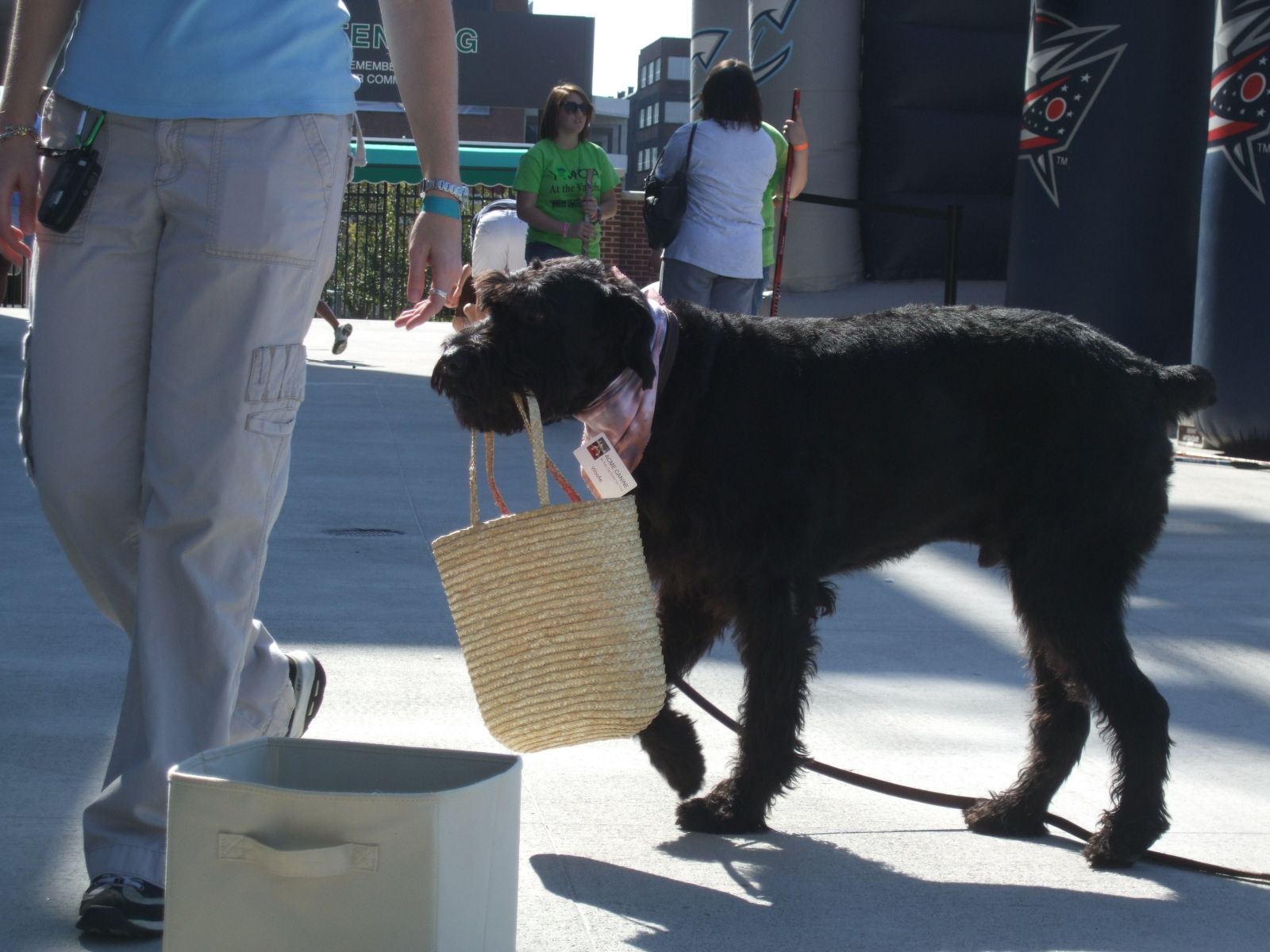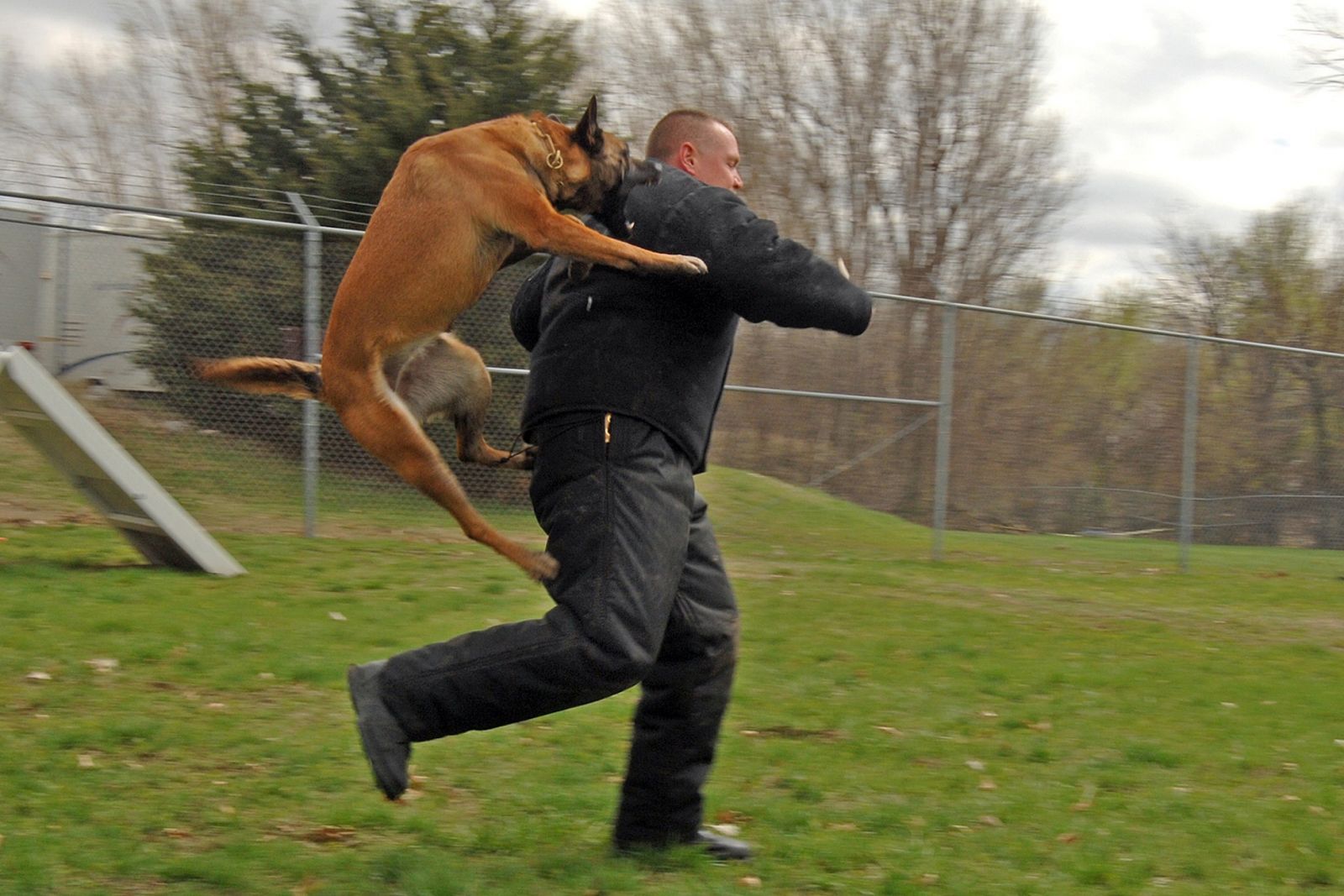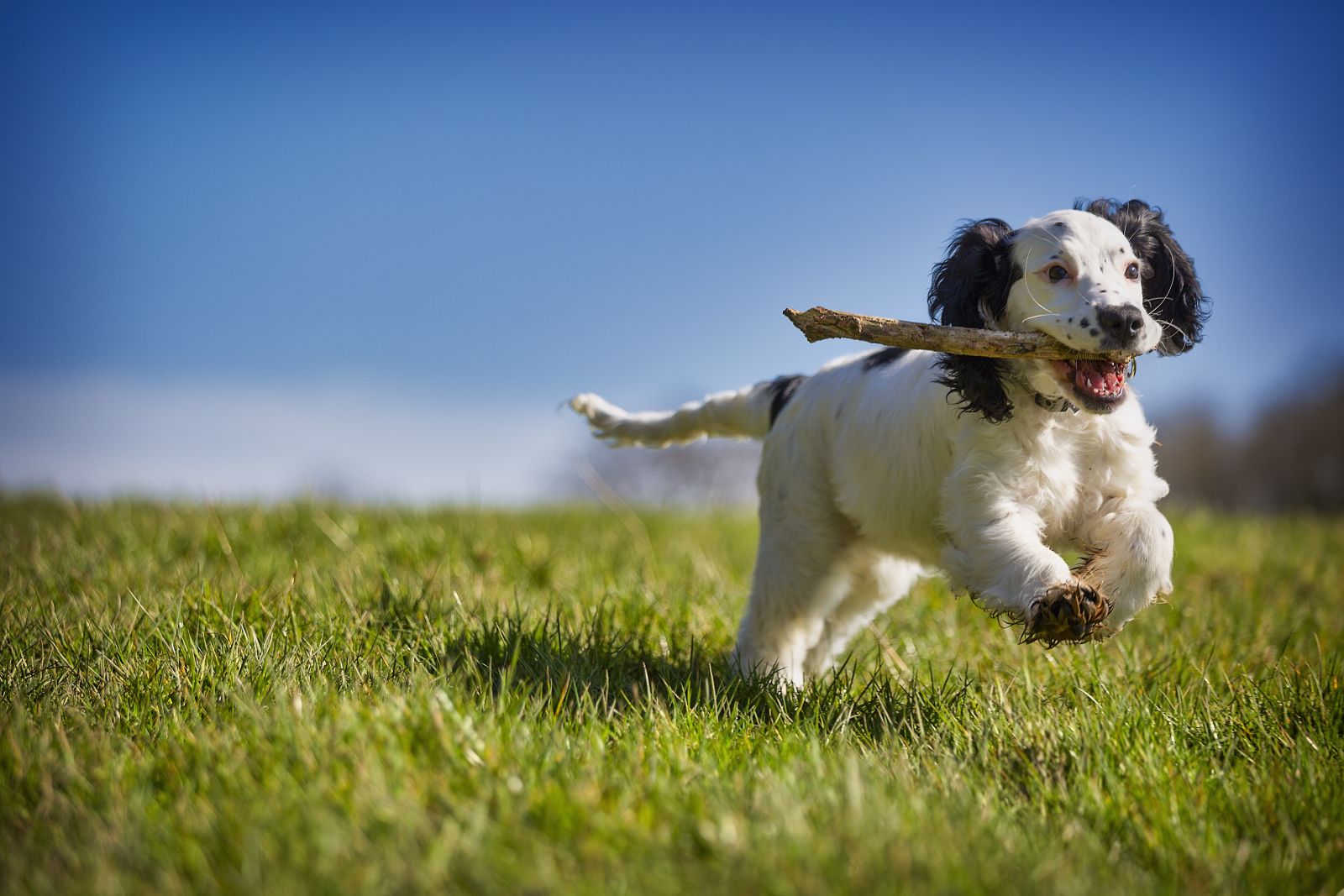Exploring the Spectrum of Canine Training Programs: Purpose, Process, and Outcomes
Canine training is not a one-size-fits-all enterprise; it covers a diverse range of programs, each designed with specific objectives and outcomes in mind. From fostering obedience and adjusting behavior to training dogs for therapeutic or protective roles, these programs mold canines into companions, therapists, protectors, and helpers. Below, we delve into seven popular types of canine training programs to understand their primary objectives and the capabilities a dog will possess upon completion.

